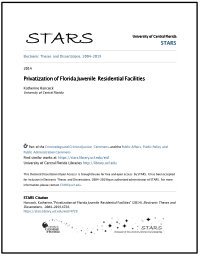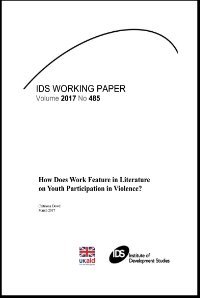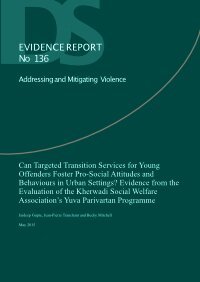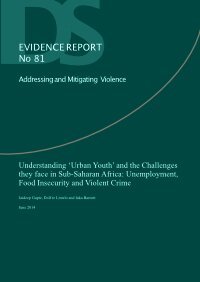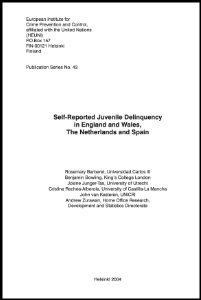By Schwarzenbach, Anina
In recent history, various European countries, such as France, have been the scene of recurring violent youth riots targeting the police. Not all countries have, however, been equally affected by the phenomenon. Some countries, such as Germany, have been spared by such large-scale youth riots. Why do some countries witness greater tensions between young people and the police than others? This book aims to understand this discrepancy by shedding light on how young people perceive, experience and relate to the police. Based on an original data set, it investigates the relationship between young people and the police in four cities in Germany and France that present similar structural characteristics, such as their size and ethno-cultural diversity. The relationship is examined in more detail by means of three aspects: young people’s frequency and type of police encounters, their attitudes toward and their willingness to cooperate with the police. The book addresses two main questions: 1. Across countries, are there any common predictors for positive relations between young people and the police? 2. Within countries, is there evidence for profiling practices targeting ethnic and disadvantaged minority juveniles? Which consequences do experiences with institutional discrimination have on young people’s perceptions of and their propensity to cooperate with the police? The book tests the influence of a variety of predictors on the type and frequency of young people’s encounters with as well as their attitudes toward the police. In addition to ethnicity and gender, the analyses consider the possible influence of social and behavioral variables, such as social status and experiences with delinquency, but also prior encounters with the police and neighborhood deprivation. From a theoretical perspective, the book is mainly based on work examining the preconditions of police legitimacy and the consequences of a lack thereof on the citizens’ willingness to act in abidance with the law. The findings suggest that, overall, in both Germany and France, similar predictors shape the relationships between young people and the police. Social status, religious values and norms, identification with the host society as well as prior experiences with crime and the criminal milieu play important roles. There are, however, striking differences between the two countries, too. In Germany, on average, young people with a migration background are checked by the police about as often as those of German descent. Attitudes toward the police are, with few exceptions, consistently positive across gender, age and ethnic backgrounds. In France, the results indicate systematic discrimination of young people of a North African origin by the police. Compared to young people of French descent, the chance of experiencing a “stop-and-search” police encounter is more than twice as high. Finally, the attitudes of young people of North African origin toward the police are significantly worse than those of other young people in France.
Berlin: Duncker & Humblot, 2020. 371p.










